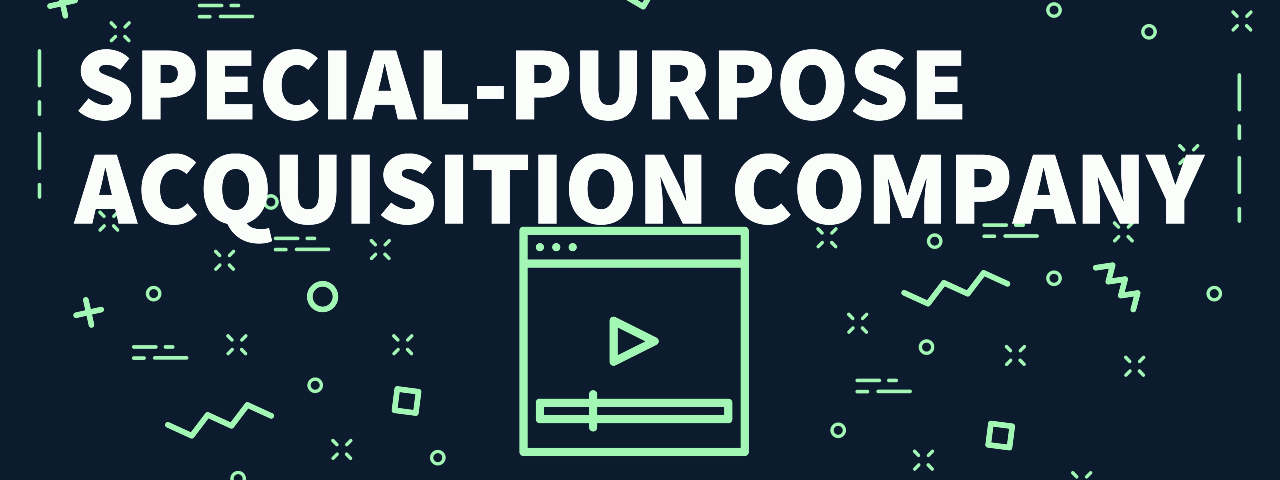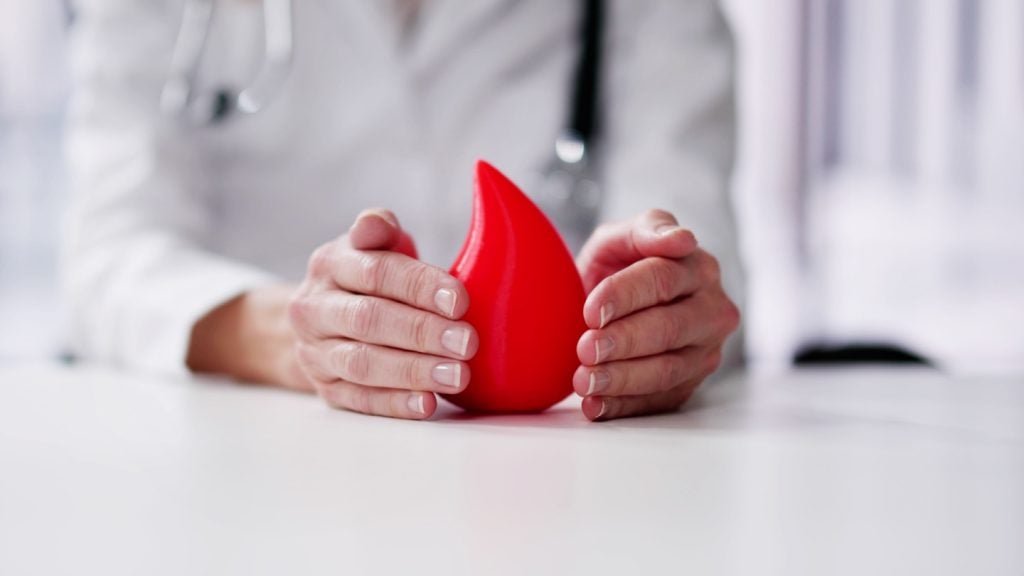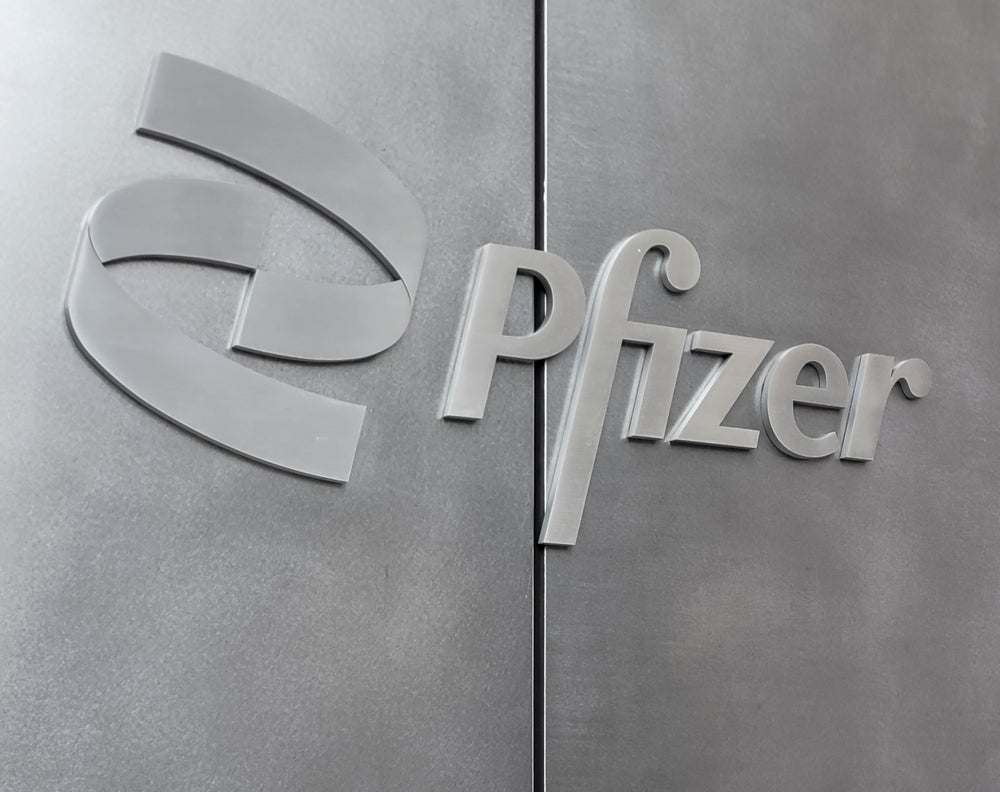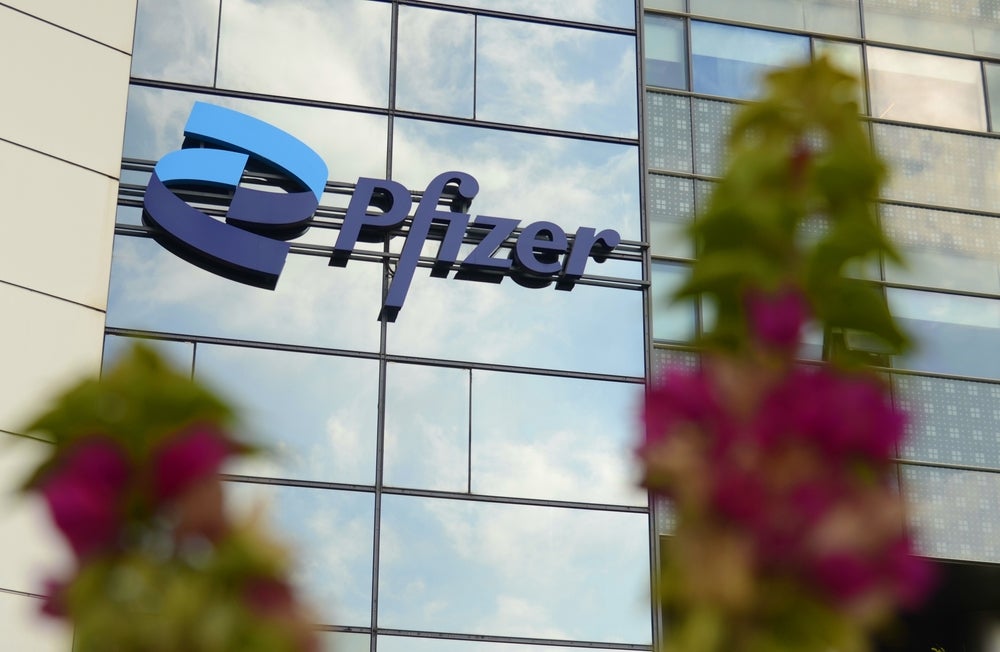Special purpose acquisition companies (SPACs) were a trending topic in 2020, and this year seems to be no different as SPAC deals continue to provide an alternative way for companies to go public without needing a traditional initial public offering (IPO). There has been a boom in Bio / Pharma SPAC deals in recent years, with a 1000% increase in the number of announced mergers and acquisitions (M&As) between 2016 and 2020, according to GlobalData’s Pharmaceutical Intelligence Center’s Deals Database. However, the long-term success of SPAC acquisition targets in generating revenue remains to be seen. On 12 January, a panel of experts met virtually at the McDermott EY JP Morgan 2021 Healthcare Private Equity Forum to discuss “2020: Year of the SPAC.”
The popularity of Bio / Pharma SPAC M&As has surged, with a 175% increase in announced SPAC M&As between 2019 and 2020 (Figure 1). SPACs are created to raise money through their own IPO before acquiring a target company so that the target company can forgo its own IPO. Carlos De Solo, CEO of CareMax Medical Group, who completed a merger with SPAC Deerfield Healthcare in December 2020 valued at over $600M, called SPACs a viable “hybrid alternative…a bridge from that traditional IPO”
However, Karim Anani, a partner at EY, had reservations over the less conventional SPAC process, noting that “depending on the SPAC, their stocks are relatively thinly traded, and so movement in the stock price is quite magnified”. The stock performance of the newly combined company post-SPAC deal could be a concern.
Figure 1: Year-on-Year % Growth of Announced SPAC M&As, 2016 to 2020.

Source: GlobalData, Pharmaceutical intelligence Center Deals Database (Accessed 22 January 2021).
How well do you really know your competitors?
Access the most comprehensive Company Profiles on the market, powered by GlobalData. Save hours of research. Gain competitive edge.

Thank you!
Your download email will arrive shortly
Not ready to buy yet? Download a free sample
We are confident about the unique quality of our Company Profiles. However, we want you to make the most beneficial decision for your business, so we offer a free sample that you can download by submitting the below form
By GlobalDataThe rapid rise in SPAC M&As may create significant issues by flooding the market with too many SPACs, Anani said, adding the company must consider, “is there enough interest six months or nine months down the road, because there’s deal after deal after deal coming. In today’s market, there’s [more than] 300 SPACs out there still looking for a deal.” Anani also added that as the lock-up period before shareholders can sell their shares for a SPAC is typically longer than that of an IPO, it can lead to increased volatility and loss of market value of the company’s shares. Anani explained that “…on average, you see six months to a year lock-ups…you’ve got to create that market and maintain that market for the stock, or else you don’t want it to flatline”. Despite initial success, companies that go public through a SPAC M&A may perform worse on the public market in the long term.
During a webinar in January 2021 presented by AlphaSense on “The IPO surge: Direct Listing, SPACs and 2021 Market Trends”, Richard Davis, Vice President of investor relations and strategy at Unity, also expressed scepticism over the surge of SPAC deals and questioned whether there are “…enough good companies out there to be of interest and deliver good returns”. Despite the current trend for SPAC M&As to be used as an easy way to avoid going public, the long term success of these companies remains to be seen.









